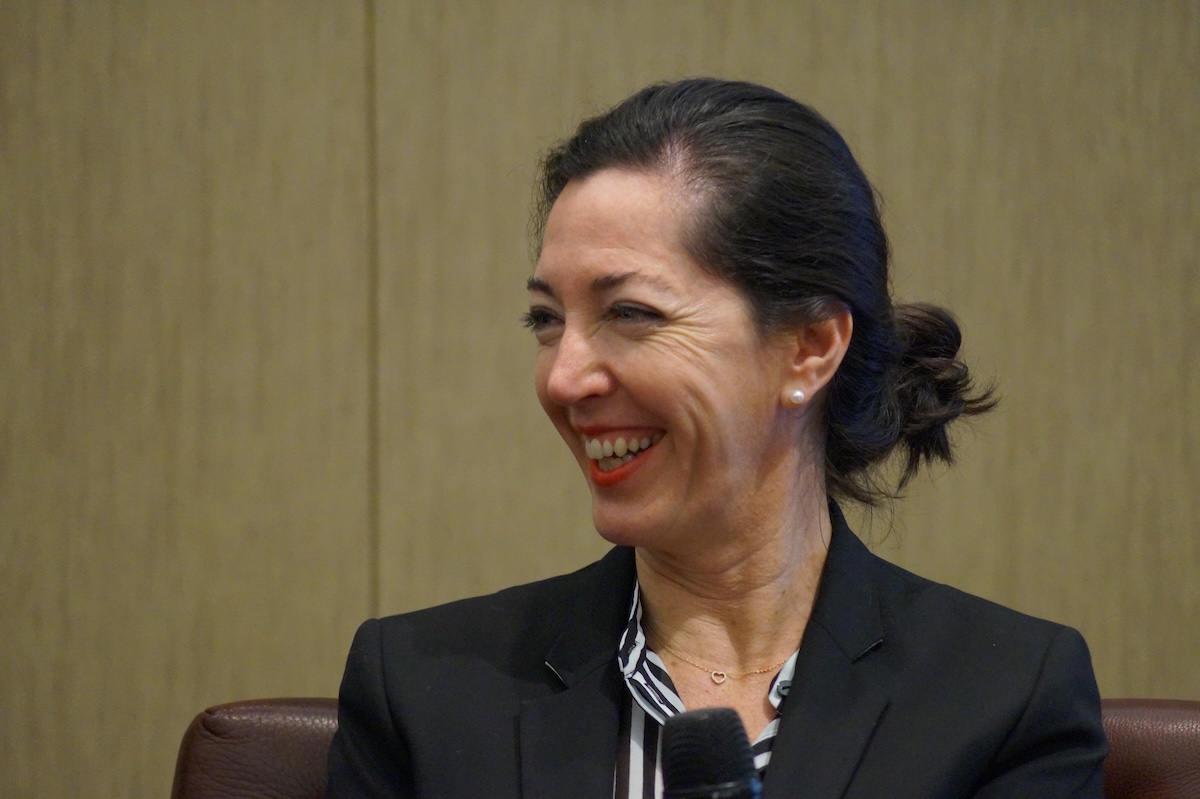How can we meet the world’s need for impact financing when emerging fund managers face strong headwinds raising capital — in particular for those focused on climate investments in global developing and emerging markets?
Catalytic capital for “warehousing” pre-fund investments can help emerging fund managers overcome the challenges involved in raising larger pools of institutional capital from investors (allocators) to address the global Sustainable Development Goals financing gap. Emerging fund managers face challenges in aligning the timing of the preparation of such deals with securing capital to deploy. This means that they may have to scramble to find ad-hoc “warehouse” financing for promising opportunities, which can strain their resources and risk promising investment opportunities.
A more systemic approach to warehouse financing in the climate and development impact sector could address this inefficiency, increasing the probability of success. In that regard, the development of a dedicated facility to finance warehousing-to-fund initiatives for emerging impact fund managers, or an “SDG Warehouse Facility,” would prime the impact-capital pump, foster early traction for such fund managers, and drive more capital to advance solutions for the SDGs.
Leveraging catalytic capital
$5 trillion will be needed annually just to meet climate goals, of which $2 trillion is required in global emerging and developing markets. Meanwhile, actual SDG investment dollars are falling far short, with the United Nations Conference on Trade and Development estimating the annual SDG investment gap in developing countries to be a staggering $4 trillion per year – and growing.
To fill the gap, we need more action by incumbent fund managers and also to rapidly scale up emerging fund managers and financial products. Emerging fund managers face significant resistance because they lack the organizational track record that investors require. This investment gap is even more daunting because it will not be solved by governments or investors simply writing checks. Instead, it will require numerous investment professionals to source, structure, and manage these investments to achieve their financial and impact targets.
Enter catalytic capital: investments that accept disproportionate risk and/or concessionary returns relative to a conventional investment in order to generate positive impact and/or enable third-party investment that otherwise would not be possible.
Our thesis is that catalytic capital deployed through an SDG Warehouse Facility could have an outsized impact toward closing the investment gap because it would help to establish more SDG-focused investment intermediaries (fund managers) and attract larger sums of capital. In this way, a catalytic SDG Warehouse Facility would increase the total capacity of the financial system deploying capital toward climate action and other SDGs, rather than making individual investments.
What is warehousing?
In a warehouse structure, a private investment is made and held temporarily, with the intention of later transferring it into an investment fund.
Two related questions in warehousing are:
(1) who will provide the financing for the warehoused investment; and
(2) who will be the legal owner of the warehoused investment?
Outside of the impact-investing world, emerging fund managers have long used a strategy of making pre-fund investments through warehouse structures to gain traction and credibility. In selecting fund managers, investors intensely scrutinize the proposed investment strategy, track record, and team. Emerging fund managers are usually unproven on some or all of these criteria. Warehousing can help the emerging fund manager overcome these deficits by addressing the following concerns through actual deals:
- Proof of Concept: Proof of concept is important for innovative approaches that allocators (investors) are unfamiliar with, where best practices may not exist, or where markets may not even have previously existed. Actually deploying capital to test new concepts allows a theory to be validated (or revised). It also allows for refinement of strategies and processes crucial for innovative investment products.
- Track Record: Without past performance it is difficult to attract the attention of larger institutional investors; therefore, the development of a track record that can be cleanly attributed to the fund managers’ investment team is critical. Warehousing can allow the investment team to maintain attribution of the investment decisions with respect to the warehoused assets.
- Proof of Team: For new investment teams, allocators also want to know that the individuals can work together productively. Much like proof of concept, through warehousing investments the investment team can demonstrate that it can successfully deploy capital and manage investments before allocators fully commit discretionary capital.
- First Look: When warehoused investments are earmarked for an upcoming fund, they give prospective investors (allocators) visibility into some of the investments that will actually be in the fund, as opposed to a 100% blind pool. This can give prospective investors confidence in signing-off a larger commitment to an investment product (fund).
- Timing: The lead time for a new fund to launch can be 12-24 months, or longer. Warehousing enables promising and time-sensitive investments to be made in parallel with the fund setup and the arduous process of securing capital commitments and getting to a first close.
Catalytic warehousing for SDG investment
Large, established fund managers can support their own emerging strategies by warehousing deals on balance sheet, demonstrating to prospective investors the proof of concept while simultaneously marketing a new investment strategy.
This is not normally the case for emerging fund managers, where catalytic capital can step in to provide a financing solution through a warehouse structure (catalytic warehousing). The goal would be to catalyze initial stand-alone investments into the formation of a larger fund.
In such an arrangement, ownership of the investment could be held through a Special Purpose Vehicle (SPV), keeping the warehoused assets distinct from other assets of either partner. It could provide both a reasonable return to the catalytic investor and compensation to the emerging fund manager, while preserving attribution of the investment for the investment team.
Establishing an SDG Warehouse Facility takes the model to the next level. Such a facility would require a catalytic investor (or consortium) to commit capital to the strategy, and a team of professionals to analyze emerging fund managers, decide who among them to back, support them, and possibly be prepared to take over any stranded assets. Such a platform would be much like a fund-of-funds investment strategy.
Catalytic capital has the potential to use the warehouse model to accelerate the traction and credibility of emerging managers and products that seek to address the SDGs, especially if it can be used efficiently through a dedicated facility. The authors are open to discuss working on such opportunities with interested catalytic investors.
Tanja Havemann is director and founder at Clarmondial AG, Adam Wolfensohn is managing partner at Encourage Capital, Edward Marshall is co-managing partner at Developing World Markets, John Simon is a managing partner at Total Impact Capital, Daniel Wanjira is director of strategic initiatives at Blue Haven Initiative and Suzanne Bagert is a principal at Suzanne Bagert Law.












